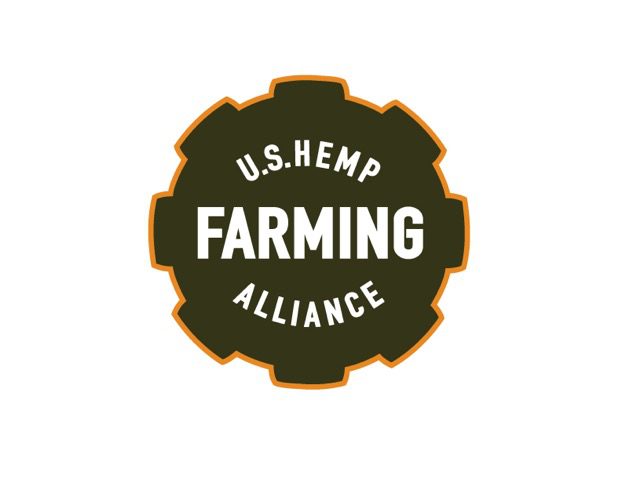INDUSTRY UPDATES
January 11, 2019
Introducing: The U.S. Hemp Farming Alliance

Hemp Supporters: The moment for U.S. hemp farming has arrived. Hemp once served as the fabric of the American imagination. Grown by iconic U.S. gentlemen farmers such as George Washington and Thomas Jefferson, hemp was one of the nation’s leading cash crops until a misguided prohibition emerged in the early 20th century. Thanks to the 2014 Farm Bill, pilot programs in dozens of states have demonstrated the crop’s durability and its extraordinary economic opportunity. And now that the 2018 Farm Bill has be signed into law — hemp is completely removed from the purview of the Controlled Substances Act, recognized formally once again as a promising agricultural commodity. A renewed multi-billion-dollar American hemp industry has been unleashed. It’s therefore critical that the interests of U.S. hemp farmers are protected. That’s why we’ve established the U.S. Hemp Farming Alliance (“USHFA”). There are plenty of organizations across the country advocating for various elements of the hemp industry. But U.S. hemp farmers need an organization that advocates solely for their interests – before federal officials, state regulators, consumer groups and various other companies and organizations further down the hemp food chain. While developments in the hemp industry are expected to move at a rapid pace, and the USHFA will be flexible in addressing the varying needs of the hemp farming community, the organization’s primary mission will include:
- Advocacy on behalf of hemp farmers before law enforcement, state regulators and federal agencies;
- Education for hemp farmers on the evolving legal and regulatory frameworks, including a forthcoming “Hemp School”;
- Service as a central clearinghouse for hemp industry resources, facilitating information and data exchange;
- Monthly conference call updates and annual in-person conventions;
- Interaction with the U.S Hemp Authority in its development of standards and best practices;
- Marketing of the industry to consumers and end-users; and
- Collaboration on programs such as crop and health insurance, state check-off programs, and banking programs.
Information on membership levels and opportunities will be available in late January.
